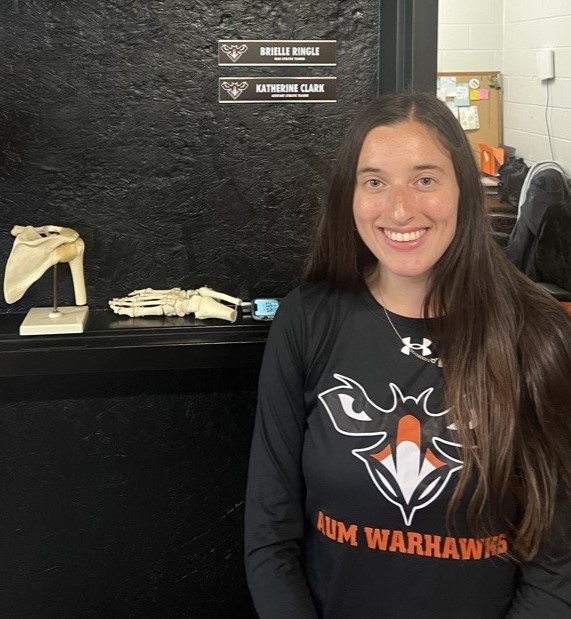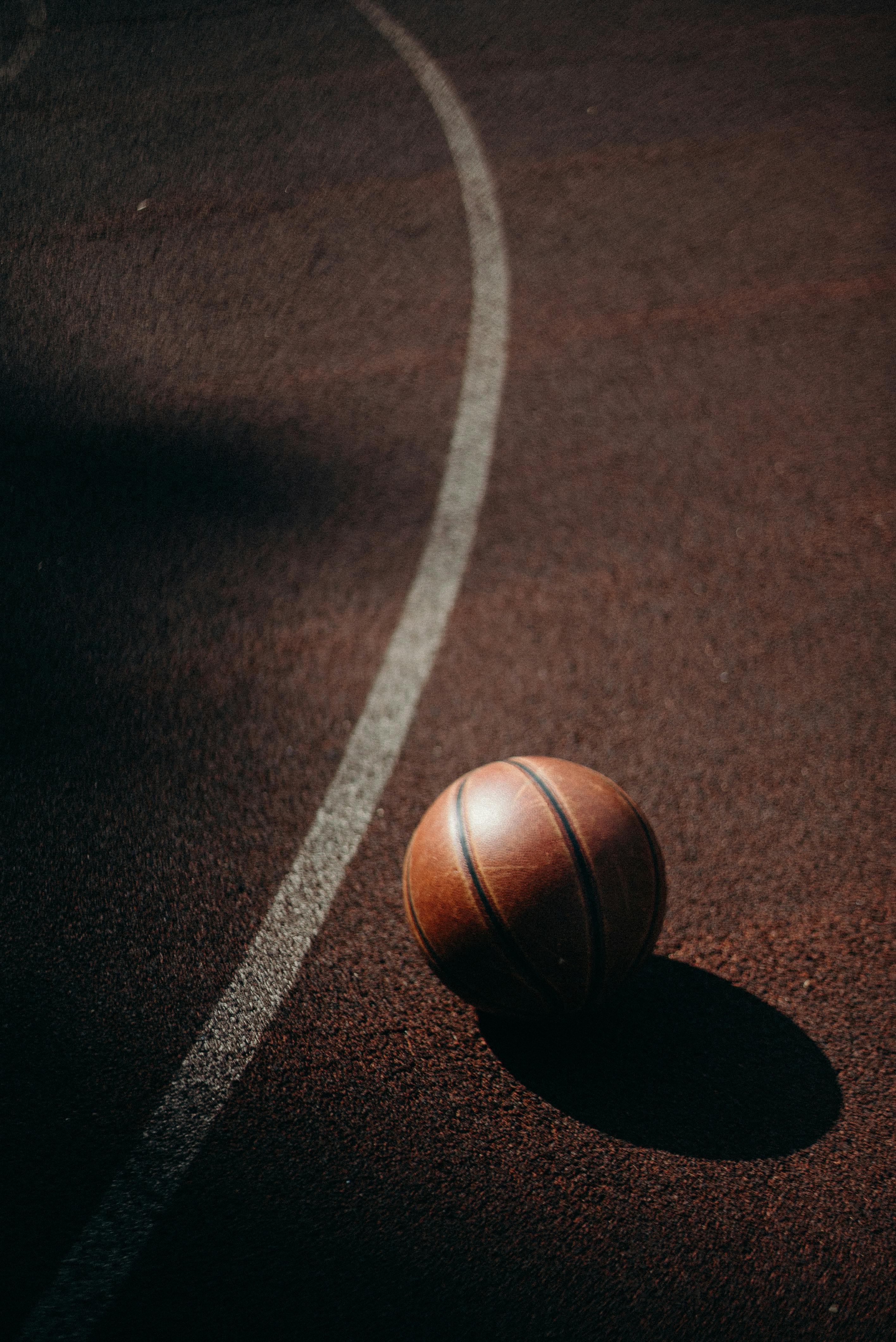By: J’Marco Smith
MONTGOMERY, Ala. Sept. 4 – Athletic trainers play a vital role in the prevention and treatment of athlete injuries, and are often the first responders when an incident occurs on the field. One Auburn University at Montgomery athletic trainer’s goal is to keep athletes strong on and off the sideline.
AUM assistant athletic trainer Katherine Clark was interviewed about concerns of injuries, such as concussions. “A concussion is a traumatic brain injury that can significantly impact athletes’ ability to participate in sports,” Clark said. The risks are pronounced in contact sports like soccer and football, where the likelihood of head injuries is higher due to the nature of gameplay, which often involves physical collisions. “Someone must manage these injuries, which fall under the supervision of the athletic trainers,” she adds, emphasizing the vital role that professionals play in the health and safety of student-athletes.

sideline.
Concussions can lead to long-term effects that could affect athletes, including chronic traumatic encephalopathy (CTE) and post-concussion syndrome, conditions that can manifest as memory problems, mood swings, and difficulty concentrating. According to research published in the PMC (PubMed Central), athletes who have suffered a concussion are at an increased risk of subsequent injuries, which may prolong recovery time and complicate their overall health status. This information highlights the need for strict monitoring and management of head injuries in sports.
When asked about the protocol for recognizing concussion symptoms, Clark explained that a concussion results from a collision with the head, whether it involves another person, the ground, or an object. “We’ll assist them and look for signs of blurry vision and any numbness down the body,” Clark notes. “These symptoms help us determine if the athlete is about to lose consciousness, and in such cases, we promptly remove them from the field to be further examined by medical professionals.” A proactive approach is critical to preventing injury.
The National Collegiate Athletic Association (NCAA) provides guidelines for athletic trainers to recognize their concussions and their symptoms. These include protocols for assessing the situation, evaluating the athlete’s condition, and determining the appropriate course of action.
Smith: How long does an athlete typically need to recover from a concussion?
Clark: Recovery varies by individual. While some symptoms may resolve within 24 to 72 hours, athletes must be symptom-free for about five to six days before resuming play.
Although returning to the game is a strong desire for many athletes, trainers emphasize the importance of taking the necessary time to avoid long-term neurological consequences or damage. An NBC article written by Stephanie Stahl cites that there has been a growing concern about chronic traumatic encephalopathy (CTE) among NFL players. CTE is associated with repetitive brain trauma, common in football and other contact sports. In a recent study involving 1,980 retired NFL players, 34% reported believing they have CTE, highlighting the need for better diagnostic methods. Currently, doctors are researching ways to diagnose CTE while individuals are still alive, which could improve treatment, care, and life span.
Athletic trainers play a vital role in this process as they are often the first responders when an incident occurs on the field. They ensure that athletes receive the proper examination to assess the severity of any injuries. This initial assessment is crucial for guiding players on their recovery paths and addressing any potential long-term effects of concussions. They serve not only as caregivers but also as advocates for the athletes’ health and well-being.
According to the National Athletic Trainers Association, the most common reason for not reporting a concussion at the university level is that athletes often don’t want to lose playing time or do not think the injury is serious enough to warrant medical attention. This issue can put them at greater risk for severe long-term health issues.
Smith: What is the importance of a player reporting the symptoms they are feeling during a concussion?
Clark: They signed a contract at the beginning of the season stating that they must report symptoms, so legally they would have to report them. I strongly encourage them to do so because it is important for them. While some players may not see this as a key role, telling their trainers they are experiencing a concussion is crucial. The gravity of the concussion is a situation that should be thoroughly communicated between the players.
Clark believes this communication is a major role that should be enforced between the coach and their players to avoid any misunderstandings or oversight regarding their health. The connection between coaches and athletic trainers is vital for fostering open communication and collaboration with their players, ensuring that athletes feel safe and supported when they report injuries.
Prevention is key to ensuring that players do not suffer concussions in the first place. Many will say this is where education about the sport comes in, which is true, but additionally, more severe measures are needed to secure the safety of the players and their heads.
Clark: Players usually wear headgear and are taught techniques to hold their chin at certain angles to prevent them from getting a concussion. These preventative measures are essential to minimize risks during practices and games.
According to NBC, back in 2016, former football player Michael Keck died in his 20s after struggling with memory loss and emotional instability. He had donated his brain for research on CTE, and Dr. Ann McKee, the researcher, stated that his scans showed the worst case of CTE she had seen in someone so young. His story serves as a tragic reminder of the potential long-term effects of concussion and the importance of continued research and education on this topic.
However, this issue remains a significant concern as collegiate sports face pressure from the high incidence of concussions, particularly in football, according to the National Institutes of Health. For Clark and athletic trainers everywhere, the priority is clearly stated: Protect the players, even if it means keeping them on the sidelines longer than they would prefer. This cautious approach ensures that they have the necessary rest to recover fully before returning to play.




